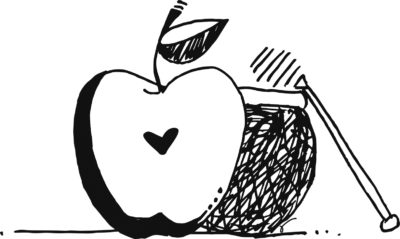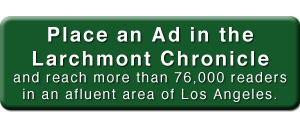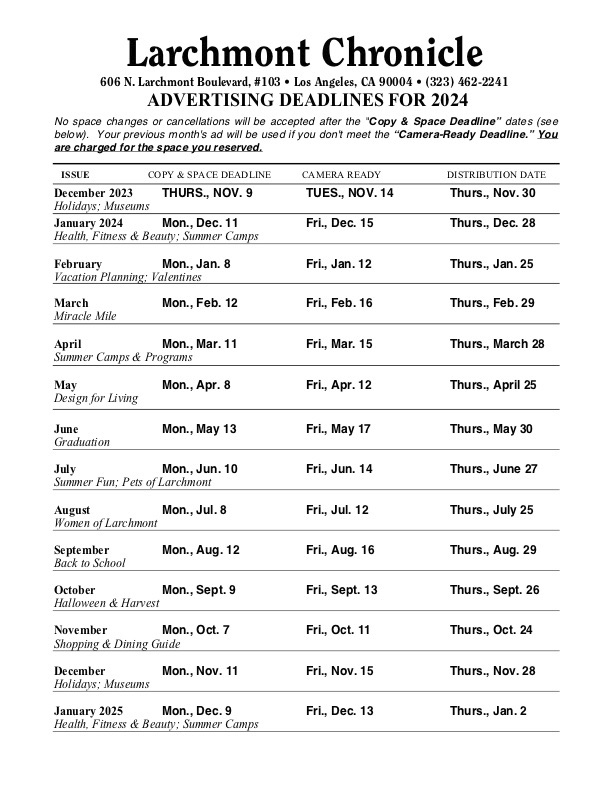High Holy Days are a time for family, reflection: Heralding in 5780

“SWEET APPLE” illustration by Jessica Edelstein.
When the Larchmont Chronicle is distributed on Oct. 3, it will be in the week between Rosh Hashanah — Sept. 29 to Oct. 1 this year — and Yom Kippur, Oct. 8 to 9.
“These are the two most holy days of the Judaic calendar,” says Jessica Edelstein, an art psychotherapist on Larchmont Boulevard, who observes her faith with influence from each of the Orthodox, Conservative and Reform denominations of Judaism.
“I do not really differentiate the branches; I am Jewish and treasure from each the traditions and values that give my life meaning,” she adds.
Having grown up Southern Baptist, I turned to Edelstein and others I know in the neighborhood who observe these holidays to learn more about them.
Also called the “Days of Awe,” these “High Holy Days” are a time of reflection between Rosh Hashanah, which is the New Year 5780, considered the birth of the universe, and Yom Kippur, the Day of Atonement, a day devoted to repentance and forgiveness.
“This holiday is a day of thoughtfulness and remembrance of the past year and how to improve oneself in the coming year,” says Nanci Leonard, Brookside, who also has a family that ranges from Orthodox to Reform in their beliefs and customs.
As with other belief systems, a family or person’s celebration of a religious holiday can range from secular to devout, from family or community customs to more strict sacred obligations, points out Edelstein.
Some who observe the holiday include fasting or giving something up to mark their time of reflection, as well as attending synagogue services.
Both Edelstein and Leonard say that, for them, it is a time of reflection and celebration, as well as a framework of traditions and obligations.
Other friends and neighbors whom I asked about the holiday, and who grew up in the Jewish tradition, said that for them it meant a good meal with family, but that their observances stopped at that.
Traditional food served at this time is one way that families are bound together, says Edelstein. One of the traditions both Edelstein and Leonard talked about is the “sweet apple.”
“As the sun sets and my family gathers around the dinner table, before we eat, we pass around a plate with a sliced apple and a bowl of honey. When everyone has dipped their apple slice into the honey, we wish each other a ‘sweet’ New Year,” says Leonard.
“No matter the customs followed, it is a time for connecting with family, for reflecting on the year past, for being thankful for what you have, and for forgiving yourself and others before moving on into a new year,” says Edelstein.
Here’s to a sweet and meaningful 5780.
Category: People


